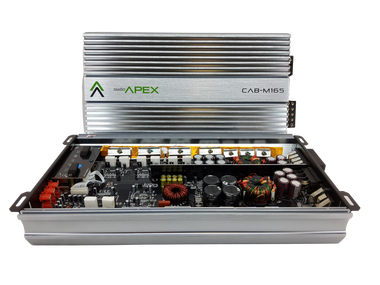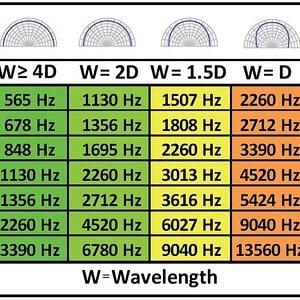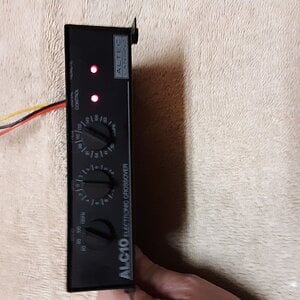nola111
CarAudio.com Newbie
Take the title of this thread with a grain of salt, as that is only my best hypothesis as to what is happening. I'm new to DIY car audio but so far have had a relatively successful ride.
I have a 2013 Honda Pilot EX-L, stock Navigation system. I replaced the speakers, added an amp for the speakers, and added a sub and sub amp.
These are the amps I added:
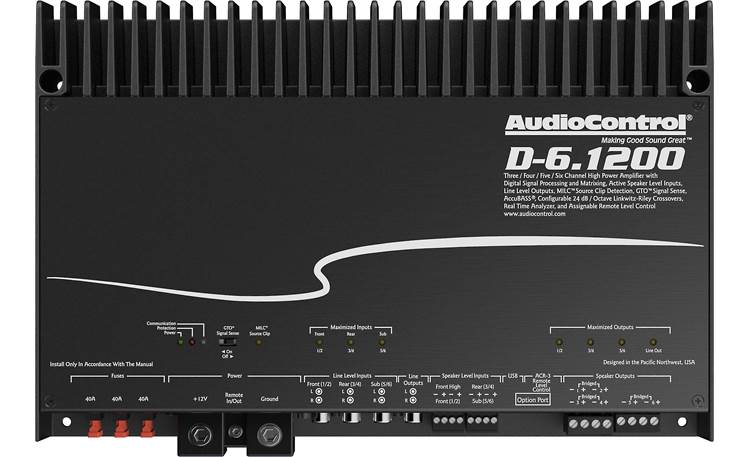
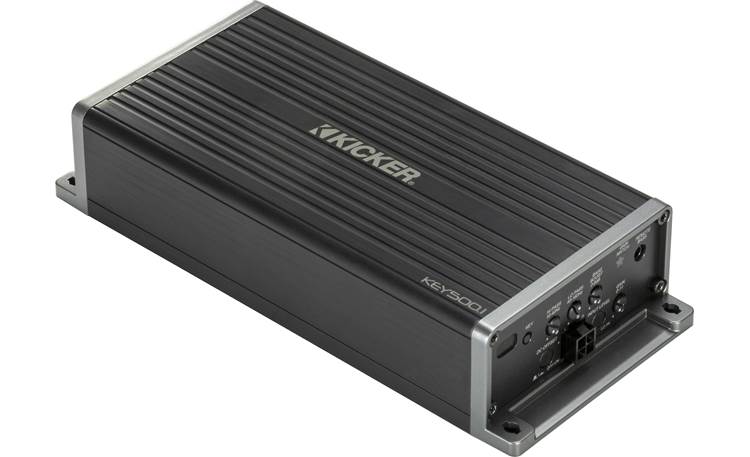
And a single 12" Kicker Sub.
For several months, everything worked without a hitch. Then the AudioControl amp started turning off mid-music. After it turned off, it would turn back on, play for a few more seconds, then cut off again.
So I assumed I was dealing with voltage drop, and I bought this cap: https://bossaudio.com/collections/car-audio-capacitors/products/791489108980
After installing this, the problem went away for a few more months. Starting yesterday, the amp started cutting out again, along with the cap beeping at me, but only while driving. If I'm sitting in my driveway in Park, I can play everything very loud, and there are no dropouts. The cap shows a steady 13.3 - 13.4 of voltage. Unfortunately I'm not able to see what the voltage reads when the amp cuts off, b/c I'm driving and the cap is in a closed compartment in the back.
Any thoughts on what I need to do now to remedy this?
Battery? (more powerful one, secondary one?)
Alternator?
Better Cap?
Any advice/insight would be greatly appreciated.
I have a 2013 Honda Pilot EX-L, stock Navigation system. I replaced the speakers, added an amp for the speakers, and added a sub and sub amp.
These are the amps I added:

AudioControl D-6.1200
D Series 6-channel car amplifier with digital signal processing — 125 watts RMS x 6

Kicker 47KEY500.1
Compact mono subwoofer amplifier with automatic tuning DSP — 500 watts RMS at 1 ohm
And a single 12" Kicker Sub.
For several months, everything worked without a hitch. Then the AudioControl amp started turning off mid-music. After it turned off, it would turn back on, play for a few more seconds, then cut off again.
So I assumed I was dealing with voltage drop, and I bought this cap: https://bossaudio.com/collections/car-audio-capacitors/products/791489108980
After installing this, the problem went away for a few more months. Starting yesterday, the amp started cutting out again, along with the cap beeping at me, but only while driving. If I'm sitting in my driveway in Park, I can play everything very loud, and there are no dropouts. The cap shows a steady 13.3 - 13.4 of voltage. Unfortunately I'm not able to see what the voltage reads when the amp cuts off, b/c I'm driving and the cap is in a closed compartment in the back.
Any thoughts on what I need to do now to remedy this?
Battery? (more powerful one, secondary one?)
Alternator?
Better Cap?
Any advice/insight would be greatly appreciated.
Last edited:

